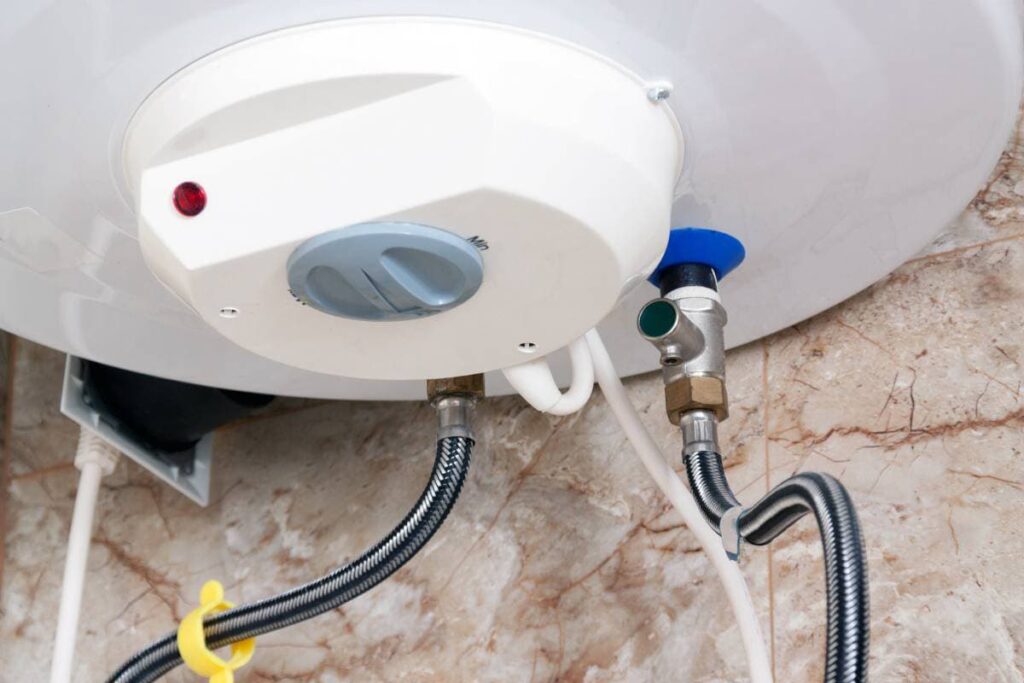Professional Advice on Caring for Your Home's Hot Water System
Professional Advice on Caring for Your Home's Hot Water System
Blog Article
In this article on the next paragraphs you'll find some helpful tips pertaining to How to Maintain Your Water Heater & Prolong its Life.

Warm water is necessary for everyday comfort, whether it's for a refreshing shower or cleaning dishes. To ensure your warm water system runs successfully and lasts much longer, normal maintenance is key. This post supplies sensible ideas and insights on just how to preserve your home's hot water system to stay clear of disruptions and expensive repair work.
Intro
Keeping your home's hot water system could seem challenging, however with a few simple actions, you can ensure it operates efficiently for several years to come. This overview covers whatever from understanding your hot water system to do it yourself maintenance pointers and understanding when to call expert help.
Value of Maintaining Your Warm Water System
Regular maintenance not just extends the life expectancy of your warm water system but additionally guarantees it operates successfully. Disregarding upkeep can lead to decreased performance, greater power expenses, and even early failing of the system.
Indications Your Warm Water System Needs Upkeep
Knowing when your warm water system needs interest can protect against significant issues. Look out for indications such as irregular water temperature, odd sounds from the heating unit, or corroded water.
Comprehending Your Warm Water System
Before diving into maintenance tasks, it's useful to understand the fundamental components of your hot water system. Normally, this includes the hot water heater itself, pipes, anode rods, and temperature level controls.
Month-to-month Maintenance Tasks
Routine monthly checks can aid capture minor concerns before they rise.
Flushing the Water Heater
Flushing your hot water heater gets rid of debris accumulation, enhancing performance and prolonging its life.
Monitoring and Changing Anode Rods
Anode rods stop corrosion inside the storage tank. Inspecting and changing them when broken is essential.
Inspecting and Adjusting Temperature Level Setups
Readjusting the temperature level settings ensures ideal performance and safety.
Do It Yourself Tips for Upkeep
You can do a number of upkeep jobs on your own to keep your warm water system in top condition.
Checking for Leaks
Consistently evaluate pipelines and connections for leaks, as these can result in water damage and higher expenses.
Testing Pressure Alleviation Valves
Testing the stress relief valve guarantees it operates properly and stops excessive stress build-up.
Shielding Pipelines
Protecting warm water pipelines minimizes warmth loss and can save energy.
When to Call a Specialist
While DIY upkeep is advantageous, some concerns call for expert proficiency.
Complicated Issues Calling For Professional Aid
Examples include major leakages, electric troubles, or if your water heater is continually underperforming.
Regular Specialist Upkeep Advantages
Professional upkeep can consist of complete inspections, tune-ups, and ensuring compliance with safety requirements.
Final thought
Normal upkeep of your home's warm water system is vital for efficiency, long life, and price financial savings. By adhering to these pointers and understanding when to look for professional assistance, you can make certain a reputable supply of warm water without unanticipated disruptions.
How to Maintain an Instant Hot Water Heater
Before tinkering with your hot water heater, make sure that it’s not powered on. You also have to turn off the main circuit breaker and shut off the main gas line to prevent accidents. Also turn off the water valves connected to your unit to prevent water from flowing into and out of the appliance. 2. When you’re done, you have to detach the purge valves’ caps. These look like the letter “T†and are situated on either side of the water valves. Doing so will release any pressure that has accumulated inside the valves while at the same time avoid hot water from shooting out and burning your skin. 3. When the purge valves’ caps are removed, you have to connect your hosing lines to the valves. Your unit should have come with three hoses but if it didn’t, you can purchase these things from any hardware or home repair shops. You can also get them from retail stores that sell water heating systems. Read the user’s manual and follow it to complete this task properly. When the hosing lines are connected, open the purge port’s valves. 4. You should never use harsh chemical cleaners or solutions when cleaning your unit. Make use of white vinegar instead. It should be undiluted and you’ll probably use about 2 gallons. 5. Now flush your water heater. This task should probably take about 40 minutes. We can’t give you specific directions for this because the procedure is carried out depending on the type, model and brand of your heater. With that being said, refer to the user’s manual. 6. When you’re done draining the unit, you have to turn off the purge port valves again. Remove the hosing lines that you earlier installed on each of the water valves. Put the valve caps (purge port) back in their respective places and be very careful so as not to damage the rubber discs that are found inside these caps. 7. Now that everything’s back in place, check your user’s manual again to find out how to reactivate your water heating system. 8. Once it is working, turn one of your hot water faucets on just to let air pass through the heater’s water supply pipes. Leave the tap on until water flows smoothly out of it. https://www.orrplumbing.com/blog/2014/september/how-to-maintain-an-instant-hot-water-heater/

As an avid person who reads on How to Maintain a Hot Water Heater in a Few Simple Steps, I think sharing that article post was worthwhile. In case you enjoyed our article kindly remember to pass it around. I treasure reading our article about How to Maintain Your Water Heater & Prolong its Life.
Source This Article Report this page